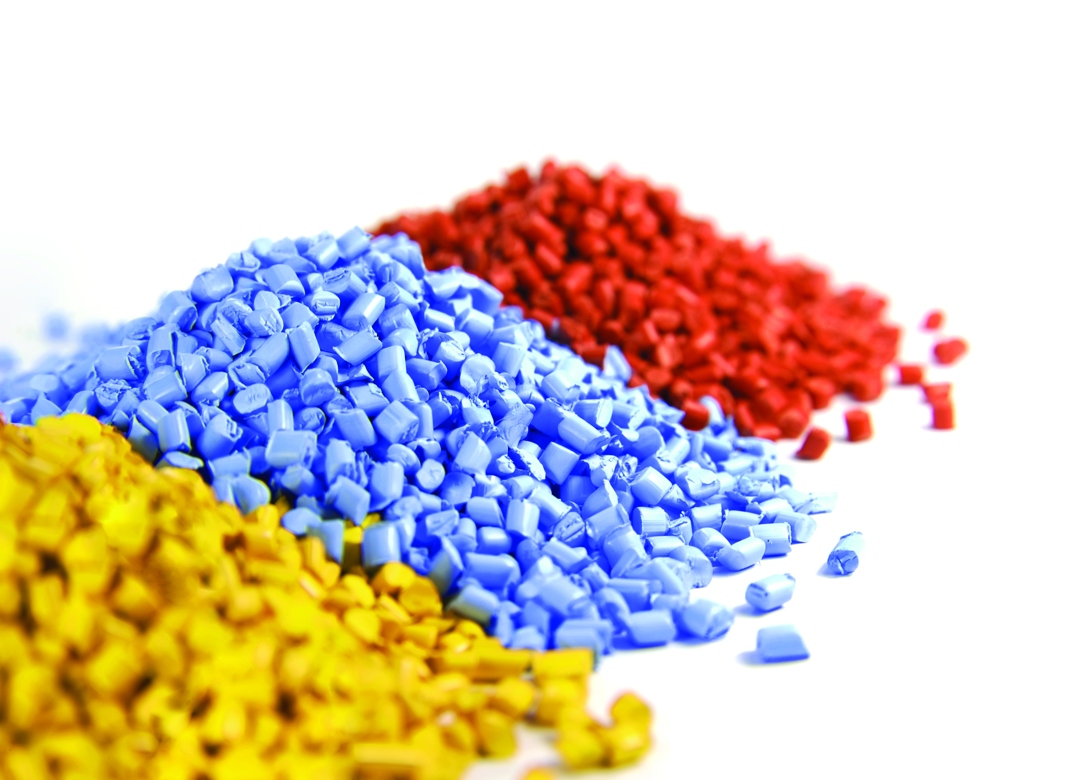
By Kevin Rogers, director of plastics and rubber commodity at TR Fastenings
Over the last century plastics have impacted all industry sectors by providing innovative solutions to the world’s evolving needs. In more recent years, major material improvements have seen a global surge in demand for plastic in rapidly advancing industries such as healthcare. Today’s most ground-breaking medical applications are dependent on plastics; from MRI and Xray machines to prosthetic limbs, artificial joints, heart valves and the smallest of tubing, modern healthcare would not be possible without the use of plastic materials.
Net zero targets are now in place and environmental sustainability is now an important priority for medical plastics and device manufacturers and their supply chain. The industry is now moving in an entirely new direction, that of a sustainable and eco-friendly plastic product.
Let’s start with the facts
In 2019, global plastics production reached 368 million tonnes, with 57.9 million tonnes produced in Europe generating a turnover of more than 350 billion euros in the European plastics industry. In 2020, global plastics production fell by 0.3% to 367 million tonnes, showing an almost insignificant reduction even during the pandemic.
60% of plastic products and parts have a use phase of between 1 to 50 years plus and this lapse of time determines when they will potentially become waste. Only 5% of worldwide oil supply is used to manufacture plastic, producing around 5% of the polluting hydrocarbons.
Now for the science part
Plastics are polymers, long chains of molecules made from repeating links called monomers, often produced from chemicals like petroleum. Operating temperatures can vary by hundreds of degrees Celsius and its molecular structure can be engineered to present different characteristics - to be flexible or hard, transparent or opaque. They are recyclable, durable, strong, lightweight, water resistant and relatively easy and inexpensive to manufacture.
Most modern plastics are made from fossil fuels like natural gas or petroleum; but as new technology emerges, plastics are also being produced from renewable materials like corn or cotton, recycled oils, secondary plastics, responsibly sourced biomass and even CO2. There are thousands of patented plastics spanning countless sectors, all with unique attributes that make them fit for purpose.
Plastics fall into two primary groups:
Thermosets strengthen when heated, but they cannot be melted or remoulded once set, such as melamine, vinyl, silicone and acrylic.
Thermoplastics, as used by TR Fastenings, can be reheated, remoulded and reused repeatedly, such as polyethylene (PE), polypropylene (PP) and polyvinyl-chloride (PVC). These are not single use throw away items, they are generally in place for many years, and when finally discarded, can be recycled.
Versatility and recyclability of plastic
The variety and complexity of modern injection moulding means multiple ‘metal’ parts can be replaced by a single plastic component; beneficial in reducing costs but more importantly retaining necessary strength and integrity, increasing efficiency and lowering emissions.
During the process of moulding, some thermoplastic material is always left over and can usually be recovered from factory components like sprues, gates, flash and runners. While the plastic has already been used once, it can be used again by blending it with virgin resin and this is known as “regrind”.
At this point, it’s important to understand that not all plastic products are the same and not all have the same service life. Some are a product in itself (e.g. bottle) and some are parts of an end-user product (e.g. an electronic device, a face visor or mechanical ventilator).
According to a recent report by the Ellen Macarthur Foundation, plastic usage has increased twenty-fold in the past 50 years and is expected to double again in the next 20 years. The New Plastics Economy is gathering momentum and with this, opportunities to create an effective after-use value chain.
Response to Covid-19
Covid-19 triggered a dramatic upturn in demand for TR’s fasteners and components that were essential for medical devices needed on the front-line, typically used in ventilators, medical beds and furniture, ultrasound machines, imaging equipment and defibrillators amongst others. Plastic components such as cable management, PCB fasteners and various other clips have also been in demand and from TR’s point of view these products can often be reused or recycled.
Part of a sustainable future
The strength of TR’s partnerships with companies on an engineering level enables the team to not only keep up to date with advancing technologies but to react quickly to customers changing requirements, with sustainability a key factor with all products supplied. The rise in demand for plastic fasteners across a multitude of sectors has seen TR’s range expand dramatically with new products recently launched including the premium HUMMEL cable glands range and an enhanced range of O-rings and seals.
The plastics industry is complex and fast evolving with growing opportunities to advance sustainability from design inception through to product end-of-life. The transition to a low-carbon circular economy - where products are designed smartly with their whole life cycle in mind - is certainly on its way, with plastics continuing to shape our lives.

Having spent a decade in the fastener industry experiencing every facet – from steel mills, fastener manufacturers, wholesalers, distributors, as well as machinery builders and plating + coating companies, Claire has developed an in-depth knowledge of all things fasteners.
Alongside visiting numerous companies, exhibitions and conferences around the world, Claire has also interviewed high profile figures – focusing on key topics impacting the sector and making sure readers stay up to date with the latest developments within the industry.





